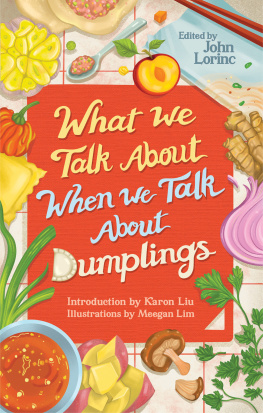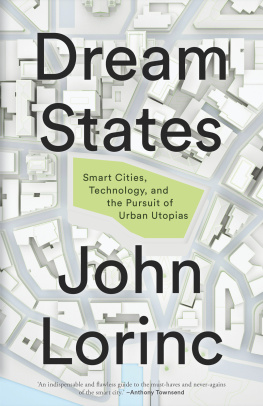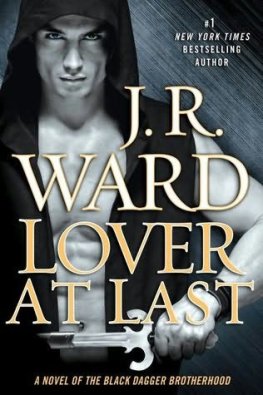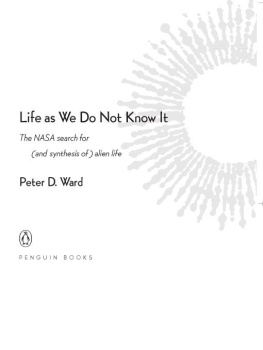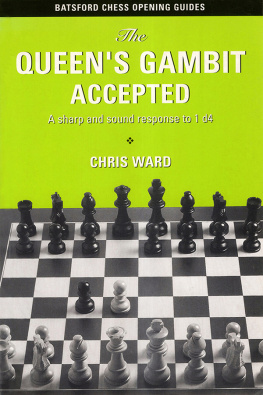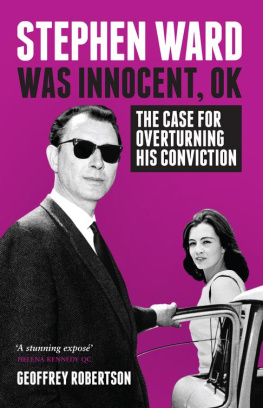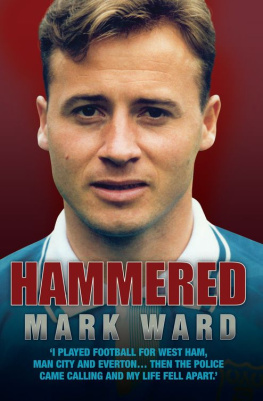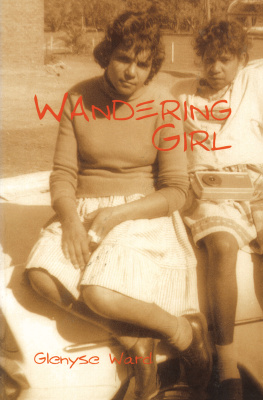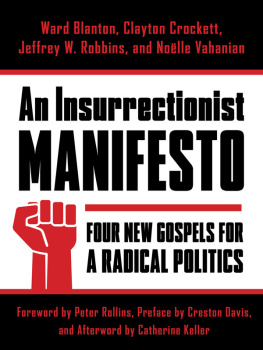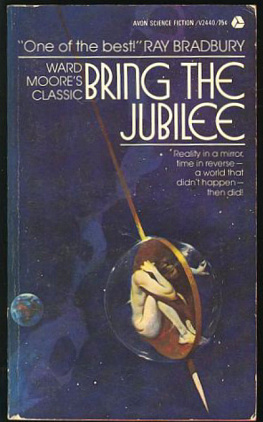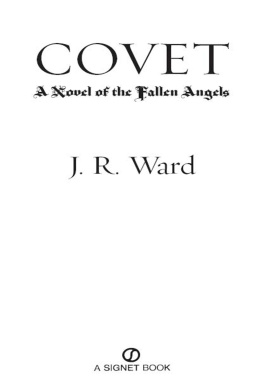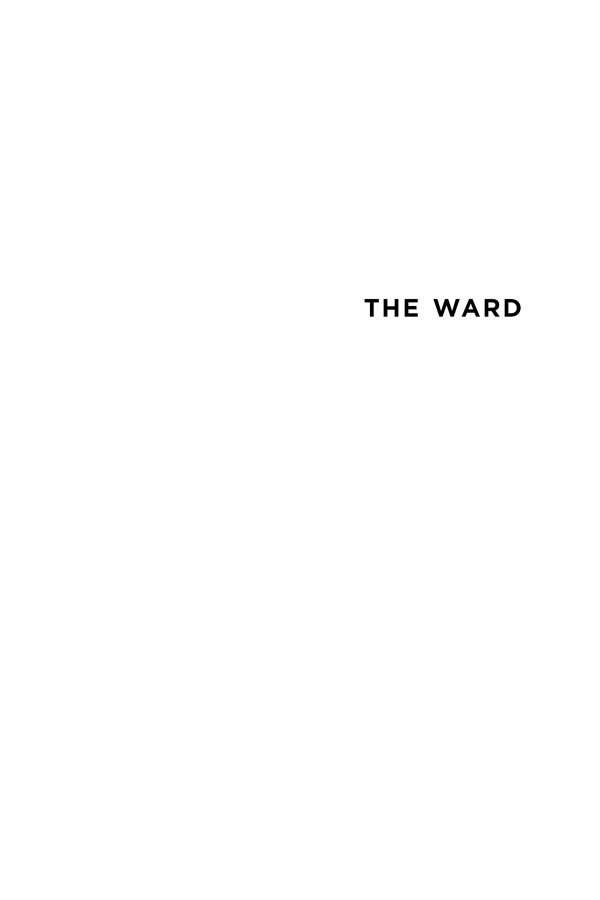John Lorinc - The Ward: The Life and Loss of Torontoâ€TMs First Immigrant Neighbourhood
Here you can read online John Lorinc - The Ward: The Life and Loss of Torontoâ€TMs First Immigrant Neighbourhood full text of the book (entire story) in english for free. Download pdf and epub, get meaning, cover and reviews about this ebook. year: 2015, publisher: Coach House Books, genre: Non-fiction. Description of the work, (preface) as well as reviews are available. Best literature library LitArk.com created for fans of good reading and offers a wide selection of genres:
Romance novel
Science fiction
Adventure
Detective
Science
History
Home and family
Prose
Art
Politics
Computer
Non-fiction
Religion
Business
Children
Humor
Choose a favorite category and find really read worthwhile books. Enjoy immersion in the world of imagination, feel the emotions of the characters or learn something new for yourself, make an fascinating discovery.
- Book:The Ward: The Life and Loss of Torontoâ€TMs First Immigrant Neighbourhood
- Author:
- Publisher:Coach House Books
- Genre:
- Year:2015
- Rating:5 / 5
- Favourites:Add to favourites
- Your mark:
The Ward: The Life and Loss of Torontoâ€TMs First Immigrant Neighbourhood: summary, description and annotation
We offer to read an annotation, description, summary or preface (depends on what the author of the book "The Ward: The Life and Loss of Torontoâ€TMs First Immigrant Neighbourhood" wrote himself). If you haven't found the necessary information about the book — write in the comments, we will try to find it.
The story of the growth and destruction of Torontos first priority neighbourhood.
From the 1840s until the Second World War, waves of newcomers who migrated to Toronto - Irish, Jewish, Italian, African American and Chinese, among others - landed in The Ward. Crammed with rundown housing and immigrant-owned businesses, this area, bordered by College and Queen, University and Yonge streets, was home to bootleggers, Chinese bachelors, workers from the nearby Eatons garment factories and hard-working peddlers. But the City considered it a slum, and bulldozed the area in the late 1950s to make way for a new civic square.
The Ward finally tells the diverse stories of this extraordinary and resilient neighbourhood through archival photos and contributions from a wide array of voices, including historians, politicians, architects, storytellers, journalists and descendants of Ward residents. Their perspectives on playgrounds, tuberculosis, sex workers, newsies and even bathing bring The Ward to life and, in the process, raise important questions about how contemporary cities handle immigration, poverty and the geography of difference.
Contents & Contributors
Introduction - John Lorinc
Searching for the Old Ward - Shawn Micallef
No Place Like Home - Howard Akler
Before the Ward: Macauleytown - Stephen A. Otto
My Grandmother the Bootlegger - Howard Moscoe
Against All Odds: The Chinese Laundry - Arlene Chan
VJ Day - Arlene Chan
Merle Fosters Studio: A Spot Of Enchantment - Terry Murray
Missionary Work: The Fight for Jewish Souls - Ellen Scheinberg
King of the Ward - Myer Siemiatycki
Where the Rich Went for Vice - Michael Redhill
A Fresh Start: Black Toronto in the 19th Century - Karolyn Smardz Frost
Policing the Lords Day - Mariana Valverde
The Maniac Chinaman - Edward Keenan
Elsies Story - Patte Roseban
Lawren Harriss Ward Period - Jim Burant
Fools Paradise: Hastings Anti-Slum Crusade - John Lorinc
Strange Brew: The Underground Economy of Blind Pigs - Ellen Scheinberg
The Consulate, the Padroni and the Labourers - Andrea Addario
Excerpt: The Italians in Toronto - Emily P. Weaver
Arthur Goss: Documenting Hardship - Stephen Bulger
Fresh Air: The Fight Against TB - Cathy Crowe
The Stone Yard - Gaetan Heroux
William James: Torontos First Photojournalist - Vincenzo Pietropaolo
The Avenue Not Taken - Michael McClelland
Timothy Eatons Stern Fortifications - Michael Valpy
Settling In: Central Neighbourhood House - Ratna Omidvar and Ranjit Bhaskar
Torontos Girl with the Curls - Ellen Scheinberg
Chinese Cafes: Survival and Danger - Ellen Scheinberg and Paul Yee
Defiance and Divisions: The Great Eatons Strike - Ruth A. Frager
Elizabeth Street: What the City Directories Reveal - Denise Balkissoon
Growing Up on Walton Street - Cynthia MacDougall
Revitalizing George Street: The Wards Lessons - Alina Chatterjee and Derek Ballantyne
Taking Care of Business in the Ward - Ellen Scheinberg
A Magnificent Dome: The Great University Avenue Synagogue - Jack Lipinsky
Reading the Ward: The Inevitability of Loss - Kim Storey and James Brown
Torontos First Little Italy - John Lorinc
The Elizabeth Street Playground, Revisited - Bruce Kidd
Divided Loyalties - Sandra Shaul
Crowded by Any...
John Lorinc: author's other books
Who wrote The Ward: The Life and Loss of Torontoâ€TMs First Immigrant Neighbourhood? Find out the surname, the name of the author of the book and a list of all author's works by series.


